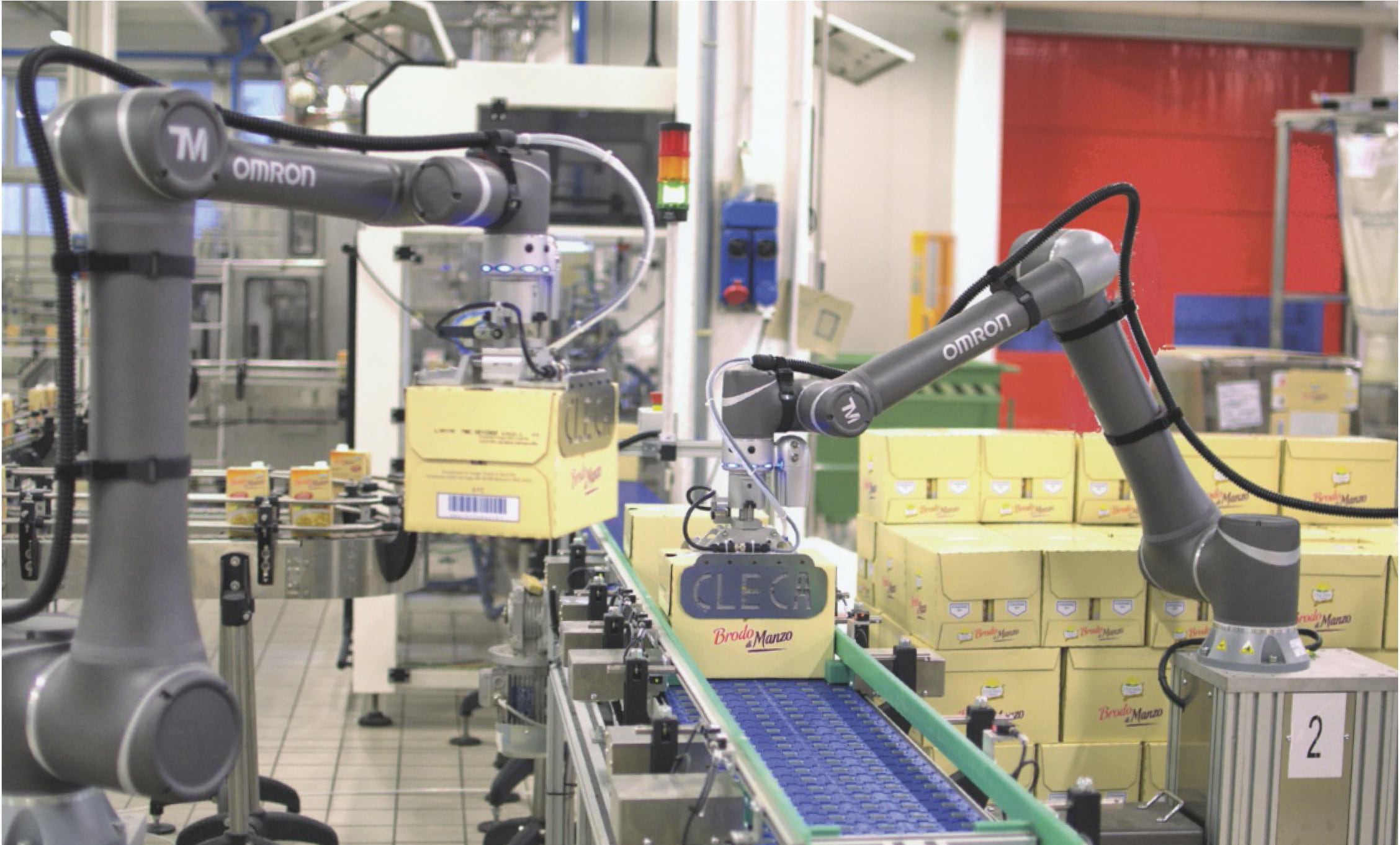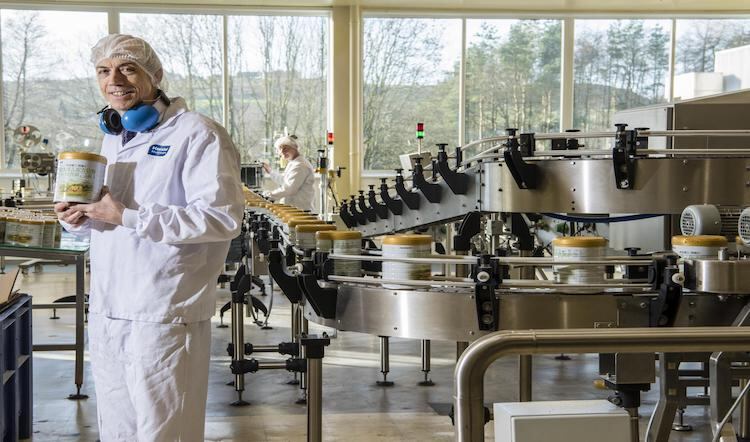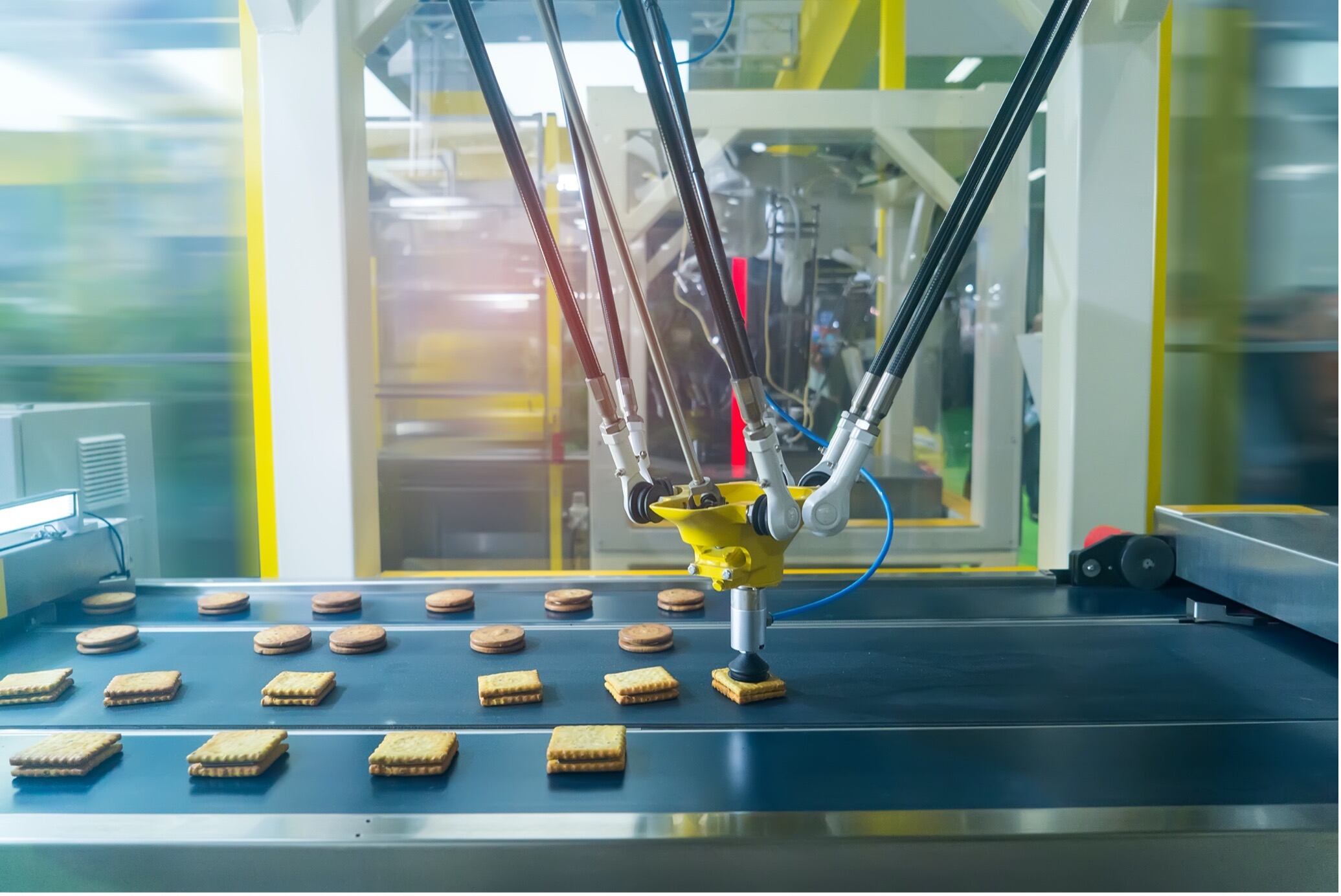Dan Rossek, marketing manager at Omron, discussed to usage of automation in the factory – particularly the use of artificial intelligence (AI) in vision inspection – to provide a greater level of accuracy when it comes to identifying defects that might slip past the human eye.
Most commonly used to identify flaws in packaging, such as a misshapen yogurt pot, the use of AI trained on various models – comparing the object in front of it with thousands of images of a perfect example – could even be used to find misshapen food products or discolouration.
However, Rossek was quick to note that vision systems weren’t going to replace people in quality assurance but that it was merely a tool to help provide an extra level care.
‘Can’t solve everything’
“Vision inspection can solve a number of many tasks, but it can't always solve everything,” said Rossek. “And that's where you have to have some sort of an initial proof of concept on the application. It's like anything is an automation company. Can you automate everything? Probably not is the real answer.
“You can automate a lot, but it's when it becomes feasible or not cost effective to continue that automation journey and human interaction is the most benefit and most efficient way of working.”
For Rossek, it’s about finding the balance between human interaction and automation in the factory and there will always be a place for people on the production line. At the end of the day, there are still thing advanced visions can’t do when compared with the human brain and eye.
What’s key is how automation is applied in the factory. Let the machines take care of the high volume, repetitive actions and let the staff take care of the detail work.
“Will we get the lights out factory? Will there be factories with no human operators? Our company belief isn't about that,” Rossek added.
‘For what can be automated’
“It's about automating and providing automated inspection for tasks that can be automated. But there will always be a place for humans in manufacturing.”
Rossek went on to discuss the usage of collaborative robots (cobots) – machines designed to work side by side with people – on the factory floor, and the common usage in the food and drink sector.
One of the main areas is end of line palletizing, where the use of cobots could help eliminate injury to staff through repetitive actions linked to moving heavy loads day in, day out.
The issue in the past was that these spaces were often very limited, meaning traditional automation methods just couldn’t fit – but a cobot could.
“Traditionally, in most applications, you don't actually have to apply any guarding,” Rossek explained. “You can normally use a Co bot at the end of a production line, and it occupies pretty much the same footprint as if you had a manual process.”
Meanwhile, In the world of detection and inspection, the latest advances in food safety technology have been propelled by a need to not only save space and money, but also larger goals of becoming more sustainable and offering more comprehensive coverage for discovering foreign contaminants.




